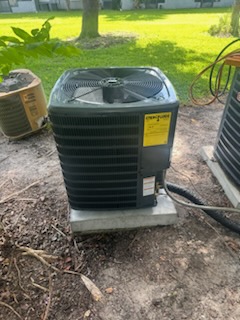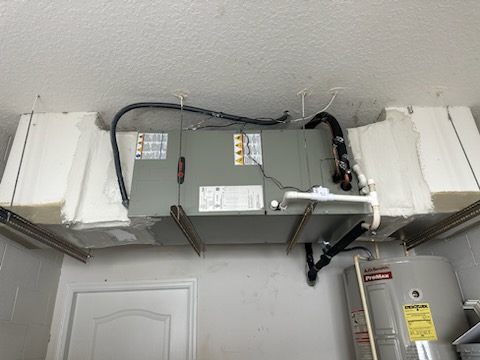How to Identify When Your HVAC System Needs Repair
How to Identify When Your HVAC System Needs Repair
Blog Article
HVAC Repair 101: What Every Homeowner Should Know
Heating, Ventilation, and Air Health (HVAC) programs are important for sustaining comfort in properties and businesses. However, like all physical techniques, they are able to fail around time. Pinpointing early signals of trouble can help you save from expensive fixes and ensure one's body goes efficiently. Here's how to acknowledge as soon as your HVAC replacement program needs fix:

Signals Your HVAC Process Needs Repair
There are numerous signals that your HVAC process might need repair. Some are far more obvious than the others, but it's important to focus on any improvements in your system's performance. Ignoring possible issues can lead to help expand injury and costly repairs down the line.
Uncommon Disturbances
One of the most obvious signs that the HVAC program needs restoration is uncommon tones coming from the unit. If you hear going, clanging, or running sounds, it could suggest that there's a loose or broken portion within the system. It's essential to not dismiss these disturbances and keep these things examined by way of a professional as soon as possible.
1. Sudden Escalation in Energy Expenses
One of the very obvious signals your HVAC program could need restoration is a sudden spike in power bills. If your time usage hasn't changed significantly, your expenses have increased, it could suggest that the device is functioning tougher than it should. This usually occurs due to wear and split or parts that want maintenance. Handling the matter immediately can reduce further efficiency failures and higher costs.
2. Unusual Disturbances
HVAC programs perform with a specific level of background noise, but unusual sounds like rattling, slamming, squealing, or running shouldn't get unnoticed. These tones may suggest loose parts, supporter problems, or engine problems. Ignoring them could result in significant injury, turning an affordable fix into a pricey restoration job.
3. Poor Circulation or Bumpy Temperatures
If airflow from your own HVAC is clearly weaker or some areas experience also cold or hot while others are comfortable, it could signify your system's fan or ductwork is compromised. Such dilemmas may base from a clogged filter, duct leak, or declining compressor. Immediate interest can assure your house keeps regular comfort levels.
4. Unusual Odors
An embarrassing scent originating from your vents is never a good sign. A damp stench may indicate mold development within the machine, while using or smoky smells could point to electric or technical issues. These smells shouldn't be ignored as they may present health risks or result in system failure.
5. Frequent Cycling or Difficulty Beginning
Does your HVAC program turn on and off more frequently than normal? Or does it struggle to start at all? These dilemmas could signal a trouble with the thermostat, wiring, and other central components. Continuous cycling wastes power and raises use on the device, ultimately causing more significant breakdowns if left unaddressed.
6. Excess Humidity or Humidity Build-up

Your HVAC system is in charge of sustaining correct indoor moisture levels. If you see exorbitant moisture near the system or experience extraordinarily high humidity inside, it could suggest the system is malfunctioning. Refrigerant escapes or blocked drainage are common culprits, and they require quick skilled evaluation.
Ultimate Thoughts
Your HVAC system is really a important investment in home ease and power efficiency. Recognizing early caution signs and working easily can help prevent expensive breakdowns and expand the lifetime of one's system. Consider these problems and consult a professional HVAC tech if you notice any of them. Practical attention today can help you save time, money, and tension tomorrow. Report this page